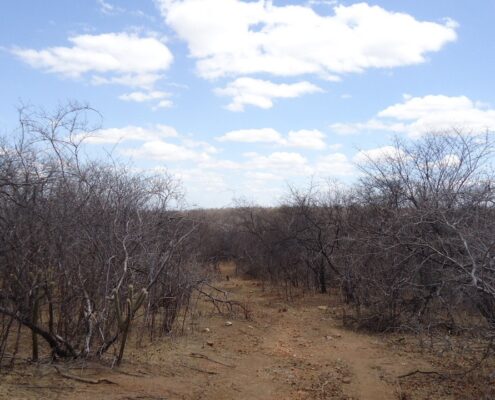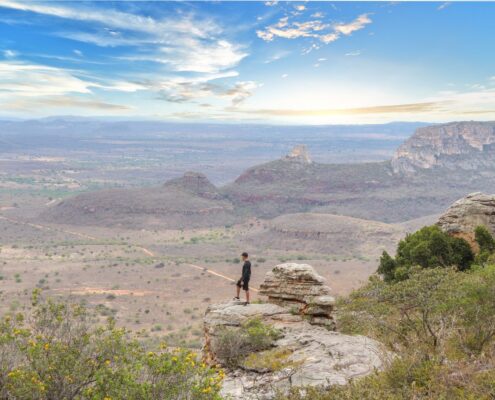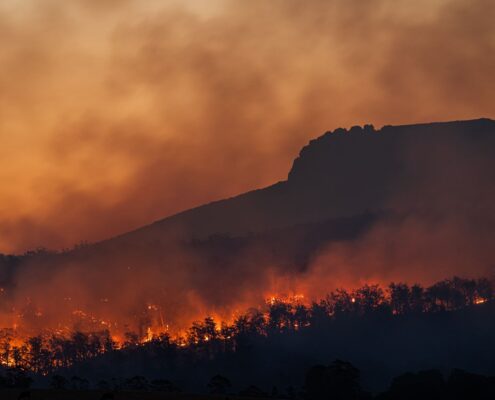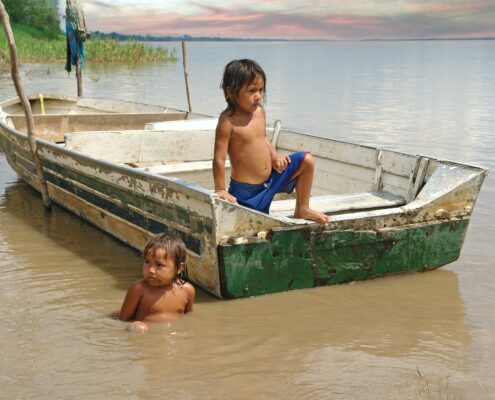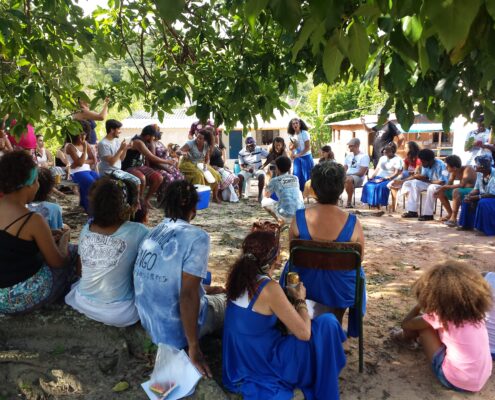 https://greenmarked.it/wp-content/uploads/2024/07/Cattura-1.jpg
880
1618
Sarah Santos Ferreira
https://greenmarked.it/wp-content/uploads/2022/01/LOGO-GREENMARKED-SITO-600x600.png
Sarah Santos Ferreira2024-07-16 18:56:142024-07-16 19:45:21Three Environmental Initiatives Making a Difference in Brazil
https://greenmarked.it/wp-content/uploads/2024/07/Cattura-1.jpg
880
1618
Sarah Santos Ferreira
https://greenmarked.it/wp-content/uploads/2022/01/LOGO-GREENMARKED-SITO-600x600.png
Sarah Santos Ferreira2024-07-16 18:56:142024-07-16 19:45:21Three Environmental Initiatives Making a Difference in BrazilSeptember 09, 2022

Many Brazilian universities have Centers for the Study of Agroecology and Organic Production (NEAs). These Centers allow students to live agroecological experiences led by farmers throughout Brazil [1]. NEAs are typically coordinated by professors of institutions working on sustainable production research projects. One of them is Prof. Dr. Fernando Silveira Franco, an engineer and PhD in Agroforestry Systems for Family Agriculture at the Federal University of Viçosa. As professor of forest engineering, biology and agroecology at the Federal University of São Carlos, Professor Fernando manages the agroecology study center “Núcleo de Agroecologia Apetê-Caapuã (NAAC)”. The center develops participatory research and dissemination projects and supports forest restoration organizational processes in the Sorocaba region, focusing on agroforestry and biodynamic systems.
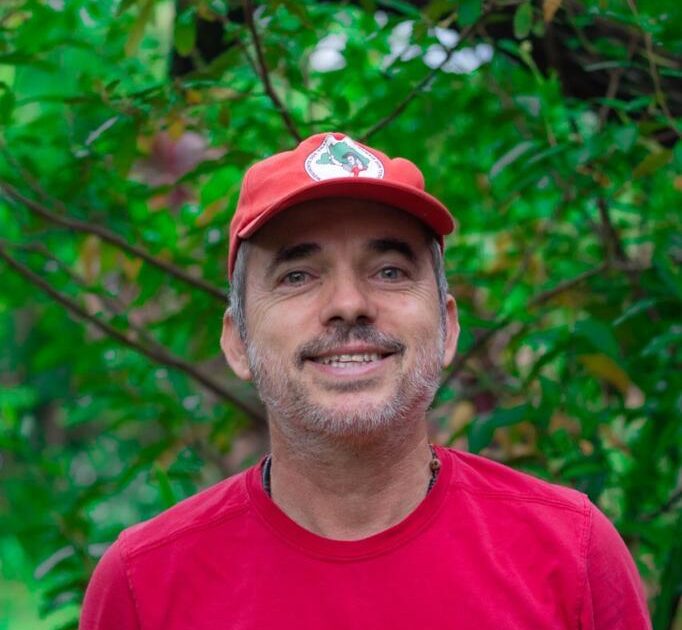
Fig. 1: Agroecology Professor Dr. Fernando Silveira Franco.
Fernando, how was the NAAC agroecology study center established at the university?
“The idea was not mine. When I was a bachelor’s student in the 1980s, there were “alternative agriculture” study groups that aimed to bring the national and global debate on agrifood systems into the academia. [They were] seeking viable technical alternatives from the social and environmental perspective to support farming families in dealing with food production challenges. In the late 1980s and early 1990s, with the contributions of several authors such as Ana Primavesi, Miguel Altieri and Stephen Gliesmann, alternative agriculture was acknowledged as Agroecology in Brazil. Now it was no longer just about ecology of the rural ecosystem, but of society [together] with it, as a whole”.
During that time, the non-profit civil law association Advisory on Alternative Technology Projects (“ASPTA”) had already promoted initiatives to strengthen family farming and sustainable rural development in Brazil. One of these initiatives included the translation of Miguel A. Altieri’s book “Agroecology”, which was later subtitled “the scientific basis of alternative agriculture”. This translation marked the paradigm shift between alternative agriculture and agroecology in the country [2].
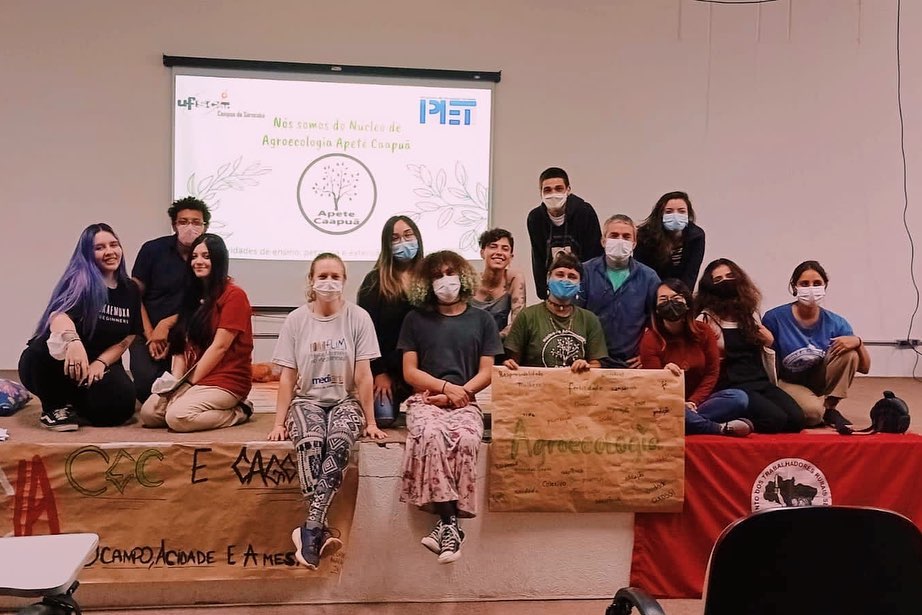
Fig. 2: NAAC agroecology group presentation in the University’s aula magna. July 2022.
“Before [the creation of the NEAs], a network of NGOs created by the ASPTA collaborated with university professors who believed in alternative sustainable production models and developed research projects in alternative agriculture. Thanks to the [effort of the] NGOs, our scientific projects were soon after financed by European organizations such as GTZ, Misereor and ASHOKA. That’s how we started”.
The incorporation of the new terminology took place between the 1980s and 1990s and was facilitated by the Brazilian Meetings of Alternative Agriculture (“EBAAS”). At the beginning of the 90s, Agroecology was widespread in the academic community, but it was only in the 2000s that it officially gained space in public policies and Brazilian universities. In 2004, a national policy for technical assistance and rural extension (“Ater”) of the Ministry for Agrarian Development (“MDA”) – incorporated agroecology for the first time. The policy’s general objective was “to stimulate, encourage and support sustainable rural development initiatives, involving agricultural and non-agricultural activities […] adopting the principles of Agroecology as the guiding axis of the actions”. It also stressed that Brazilian farming should “[…] adopt a multidisciplinary and interdisciplinary method, encouraging the adoption of new participatory methodological approaches and a technological paradigm based on the principles of Agroecology”. [3]. Finally, in 2010 the first NEAs were created in Brazilian Universities through the funding of the public call no. 58/2010 MDA/SAF/CNPq [1].
What is the importance of Agroecology in Higher Education?
“The experiences that a NEA can provide to a student are the most precious thing. It is when the student goes from theory to practice that learning becomes concrete, because what is read takes shape and gains another dimension. Especially in Brazil, the reality of family farming is very distant from the eyes of the urban population. Nonetheless, it is not only the contact with reality [..] that summarizes the importance of this discipline but rather the connections that it weaves. In Latin America, agroecology is science, social and political movement, and practice. So, without people, the last two steps cannot happen”.

Fig. 3: Professor Dr. Fernando and students implementing an agroforestry system in Registro-SP, in collaboration with the State University of São Paulo (Aline Gomes, 2022).
Professor Dr. Fernando also stresses the fundamental role of agroecological studies in universities to link teaching, research and dissemination. In Brazil, this concept is in fact a duty decreed by the 1988 Federal Constitution (art. 207) that university must comply to. This means that all Brazilian higher education institutions should provide professional training (teaching) based on an ethical-political-social duty. For the production of knowledge (research) must be intended for the direct use of the Brazilian society (dissemination) [4].
What are the current challenges of teaching agroecology in a Brazilian public university?
“Today’s challenges are operational. Our budget has been drastically cut in the last years of the current government and […] we are at risk of collapse and not being able to pay the bills by the end of the year. This is something I had never imagined I would experience in a State University. So, with the lack of resources coming from the university, NAAC project experiences – that were regularly carried out throughout the year – have been significantly reduced. Currently they only count on the support of the Tutorial Education Program (“PET”) from the Ministry of Education, because there are no more calls coming from the National Council for Scientific and Technological Development (“CNPq”) – and other public policy programs created previously”.

Fig. 4: Students protesting in the city center of Sorocaba. July 2022.
Related articles:
References:
[1] Souza, N. A., Ferreira, T., Cardoso, I. M., de Oliveira, E. C. L., Amâncio, C., & Dornelas, R. S. (2017). Os núcleos de agroecologia: caminhos e desafios na indissociabilidade entre ensino, pesquisa e extensão. Retrieved on August 24 from: http://repositorio.ipea.gov.br/bitstream/11058/8817/1/Os%20N%C3%BAcleos.pdf
[2] Faria, A. A. da Cunha. Agroecology in Brazil: a history told in three stages, 2020. Cadernos de Agroecologia – ISSN 2236-7934 – Anais do XI Congresso Brasileiro de Agroecologia, São Cristóvão, Sergipe, v. 15, n2. Retrieved on August 23 from: http://cadernos.aba-agroecologia.org.br/cadernos/article/view/3352
[3] Brazil, Ministério do Desenvolvimento Agrário (MDA), Secretaria de Agricultura Familiar (SAF), Grupo de Trabalho Ater. Política Nacional de Assistência Técnica e Extensão Rural: Versão Final: 25/05/2004. Retrieved on August 23 from: https://www.ipea.gov.br/participacao/images/pdfs/conferencias/2CNDRSS/2cndrss%20poltica_nacional.pdf
[4] Gonçalves, N.G. Indissociabilidade entre Ensino, Pesquisa e Extensão: um princípio necessário, 2015. PERSPECTIVA, Florianópolis, v. 33, n. 3, p. 1229 – 1256. Retrieved on August 24 from: https://doi.org/10.5007/2175-795X.2015v33n3p1229
Cover- and preview image: Professor Dr. Fernando and students implementing an agroforestry system in Registro-SP, in collaboration with the State University of São Paulo (Aline Gomes, 2022).


